As global conversations about sustainability and climate resilience intensify, homeowners and architects alike are reimagining how building materials can contribute to greener living. Among these discussions, resin roofing tiles have emerged as a focal point, blending eco-conscious innovation with practical design. This shift reflects a growing demand for materials that balance environmental responsibility, durability, and aesthetic versatility—a trifecta that defines the evolution of modern construction.
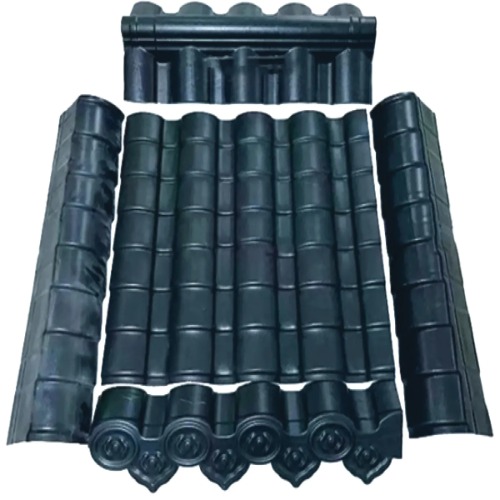
The Rise of Eco-Conscious Building Practices
Recent trends in architecture emphasize reducing carbon footprints without compromising structural integrity. Resin tiles, known for their lightweight composition and recyclability, align seamlessly with this movement. Unlike traditional materials that require frequent replacements, resin variants are engineered to withstand harsh weather conditions, from scorching UV exposure to heavy rainfall, minimizing waste over time. Their production processes also tend to prioritize energy efficiency, further cementing their role in sustainable building ecosystems.
For homeowners, this translates to long-term savings and peace of mind. A family in a coastal region, for instance, might choose resin tiles for their resistance to saltwater corrosion, ensuring their roof remains intact despite the challenging environment. Similarly, urban dwellers appreciate the noise-reduction properties of certain resin blends, which help mitigate the clamor of city life.
Customization Meets Functionality
One of the standout features of resin roofing tiles is their adaptability. Available in a spectrum of colors and textures, they can mimic the appearance of natural slate, terracotta, or even weathered wood, catering to diverse architectural styles. This versatility is particularly valuable in heritage neighborhoods where maintaining visual harmony is crucial. A renovation project in a historic district, for example, utilized resin tiles designed to replicate traditional clay profiles, achieving aesthetic cohesion while introducing modern durability.
Moreover, the ease of installation reduces labor costs and construction timelines. Unlike heavier materials that require reinforced support structures, resin tiles can often be installed directly onto existing frameworks, making them a practical choice for retrofitting older homes.
Addressing Climate Challenges
As extreme weather events become more frequent, building materials are scrutinized for their resilience. Resin tiles excel in this regard, offering inherent resistance to moisture absorption—a key factor in preventing mold growth and structural decay. In regions prone to hurricanes or heavy snowfall, their impact-resistant properties provide an added layer of security.
Innovations in material science have further enhanced these benefits. Some resin formulations now incorporate UV stabilizers to prevent fading, ensuring roofs retain their color vibrancy for years. Others integrate thermal-reflective coatings that reduce heat absorption, contributing to energy-efficient home cooling—a feature increasingly sought after in warmer climates.
Collaborative Design for Unique Solutions
The development of resin roofing solutions often involves close collaboration between manufacturers and end-users. Architects might request custom tile profiles to complement unconventional roof angles, while homeowners could prioritize specific textures to match surrounding landscapes. This collaborative approach ensures that each project addresses both functional requirements and personal aesthetics.
A case in point is a recent eco-resort development where resin tiles were tailored to blend with the natural surroundings. The tiles’ matte finish mimicked the texture of local stone, while their lightweight nature allowed installation on elevated, eco-sensitive structures without disturbing the terrain.
Future-Forward Manufacturing
Behind every resin tile lies a meticulous production process. High-grade raw materials are carefully selected to ensure consistency, while advanced molding techniques guarantee precise dimensions and surface finishes. Quality checks at multiple stages—from raw material inspection to final packaging—ensure that each tile meets rigorous performance standards.
Sustainability extends beyond the product itself. Many manufacturers now employ closed-loop systems to recycle production waste, reducing landfill contributions. Others prioritize regional material sourcing to cut transportation emissions, aligning with the broader push for localized supply chains.
Bridging Tradition and Innovation
While resin tiles are undeniably modern, their design often pays homage to traditional craftsmanship. Textured surfaces reminiscent of hand-carved stone or artisanal ceramic techniques bridge the gap between old-world charm and contemporary engineering. This duality appeals to designers seeking to honor cultural heritage while embracing cutting-edge technology.
In residential applications, this balance is evident. A homeowner might pair resin tiles with reclaimed wood accents, creating a rustic-modern hybrid that feels both timeless and forward-thinking. For commercial projects, the tiles’ uniformity and scalability make them ideal for large-scale installations where visual consistency is paramount.
The Road Ahead
As urbanization accelerates and environmental regulations tighten, the construction industry’s reliance on innovative materials will only grow. Resin roofing tiles, with their blend of sustainability, adaptability, and resilience, are poised to play a pivotal role in this transition. Future advancements may focus on enhancing recyclability at the end of a product’s lifecycle or integrating smart technologies for real-time performance monitoring.
For now, the emphasis remains on education—helping consumers understand how material choices impact both their homes and the planet. By prioritizing transparency and consumer engagement, manufacturers can foster trust and drive adoption of eco-friendly alternatives.











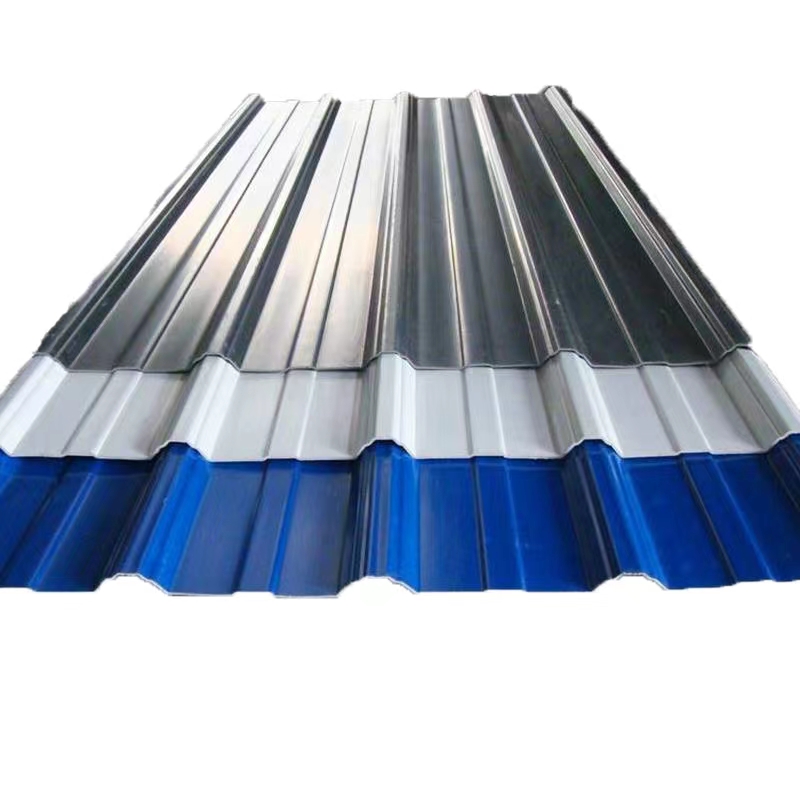
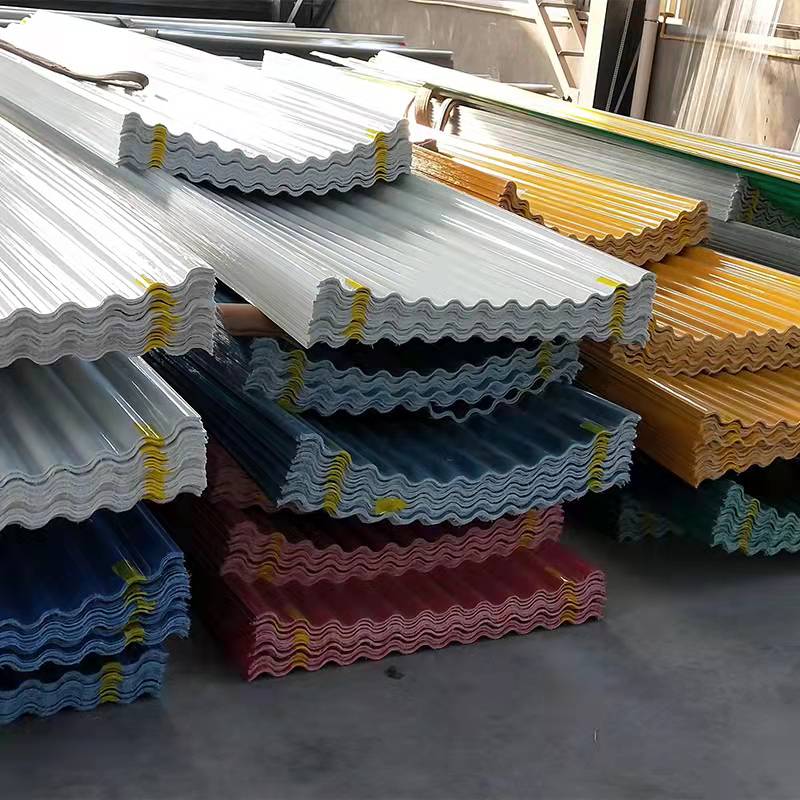
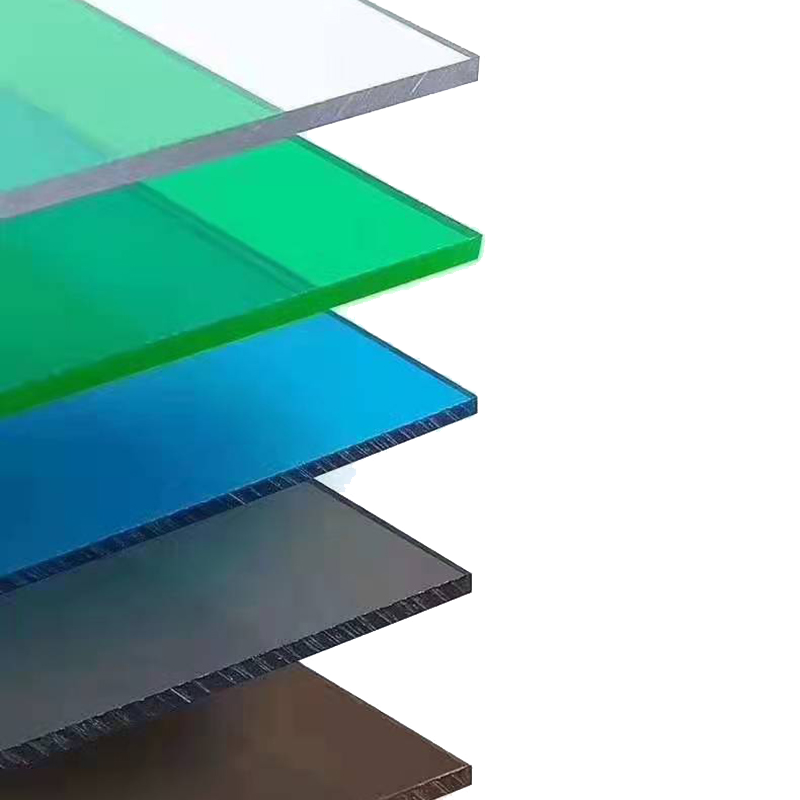
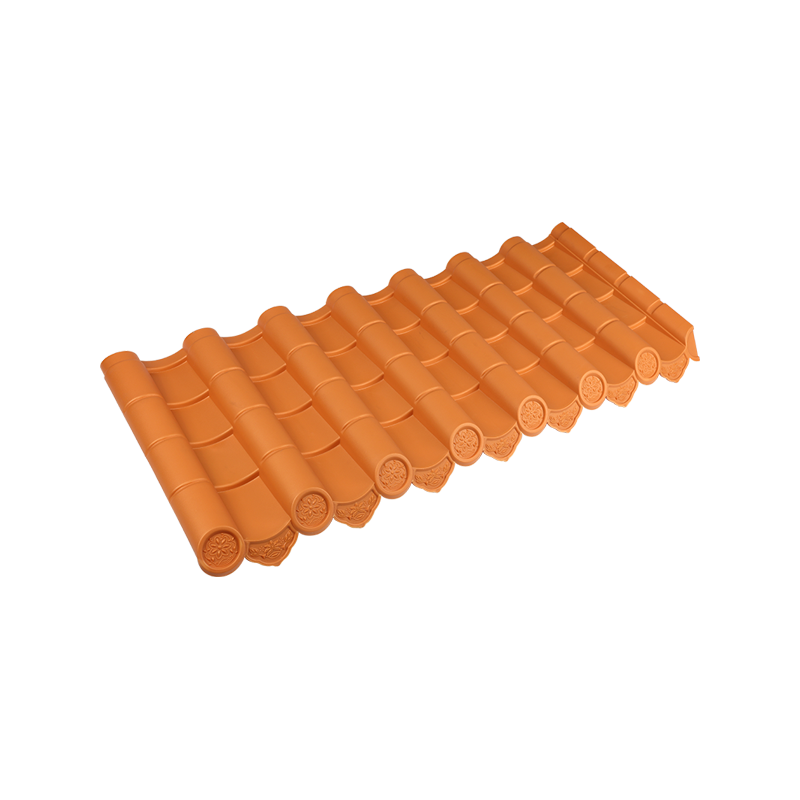
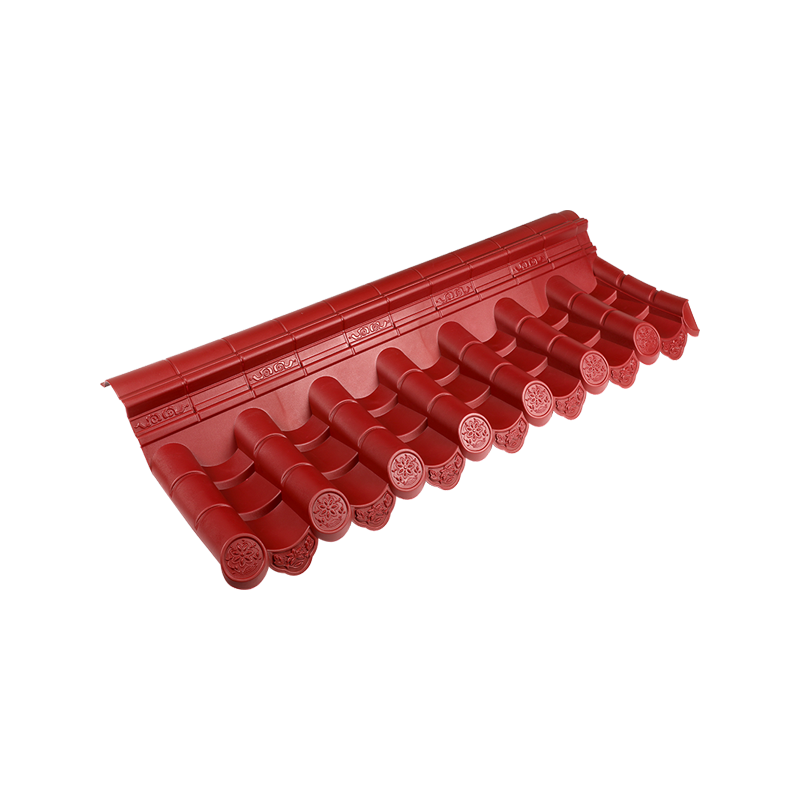


 Email:
Email: Phone:
Phone: Adress:
Adress: